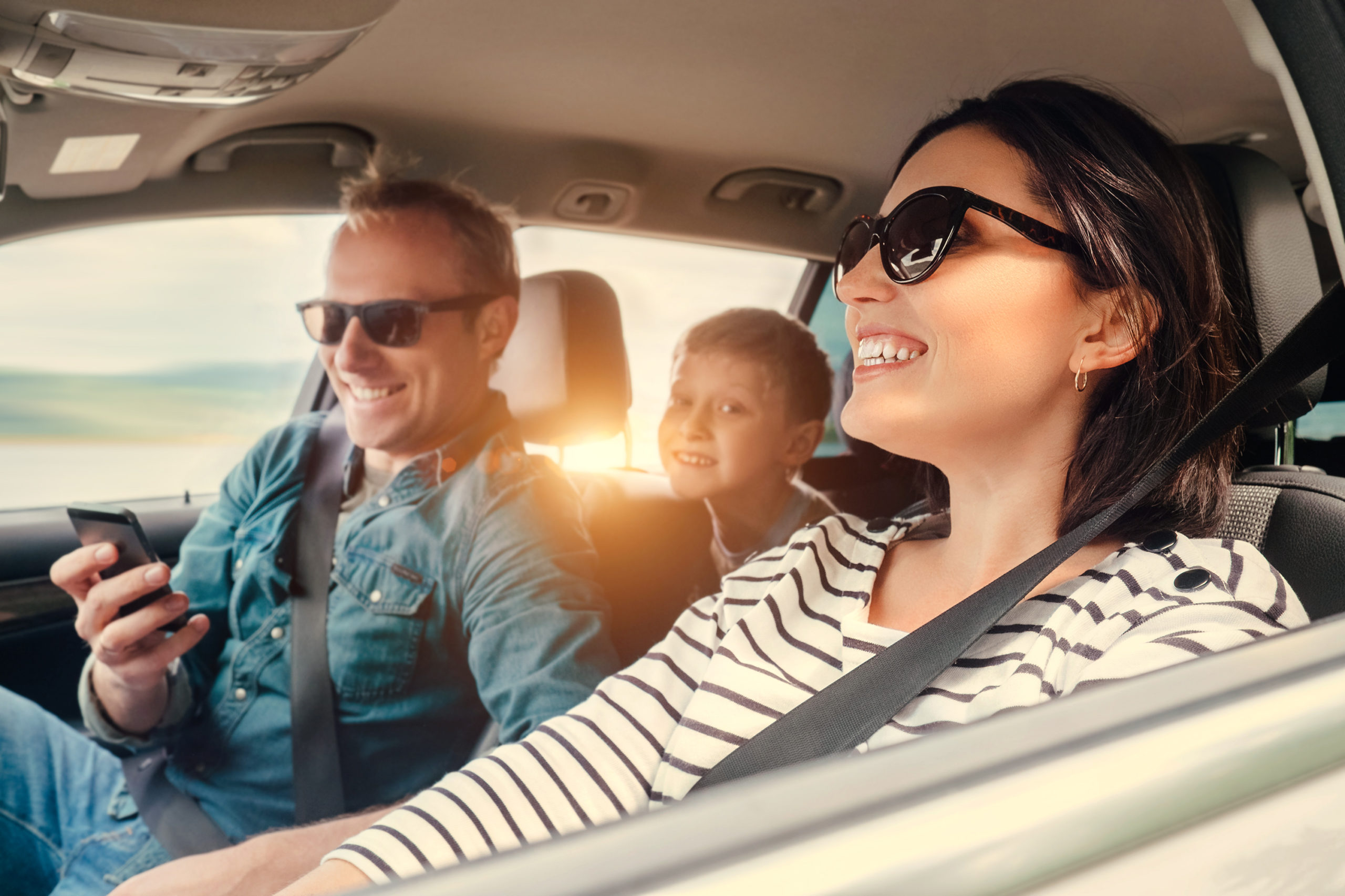
In PPM markets, many radio programmers look forward to 3-day weekends with a sense of dread. That’s because the morning and afternoon commuting patterns are disrupted by PTO – the personal time off that virtually every company offers its employees.
Oftentimes, we use these long weekends to hop on a plane and “get away from it all.” Many of us tack on a few vacation days, and configure a 10-day break in which to see the world.
As a result, high-profile personalities usually get a day (or more off), while most stations revert to all voicetracking – all the time. Why waste live talent on a few days when most people aren’t even in the market?
But this July 4th promises to be different.
I’m a person who is usually flying around 40+ weeks a year. These days, I’m the last person you’re going to see in an airport anytime soon. And I’m not alone.
It turns out that for four in ten Americans, the first trip they’ll take since the start of the COVID-19 will be a road trip within 100 miles of their homes. That’s the conclusion Skift Research has made after studying consumer data collected in April.
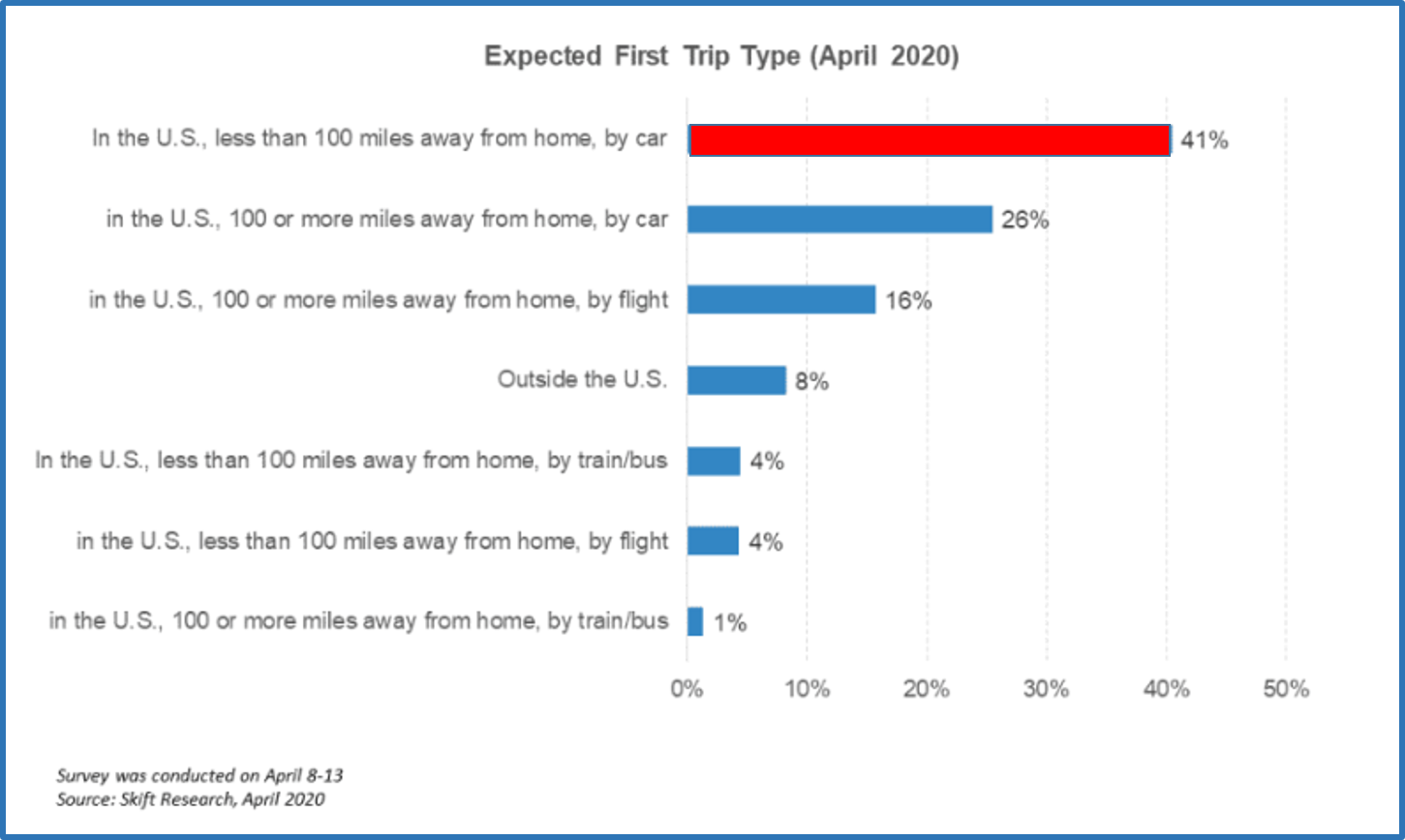
And most radio stations are “receivable” within this travel distance, suggesting an opportunity for broadcasters this coming holiday weekend, and throughout the year.
That’s not just a good idea for radio. As a result of this shift in planned travel, other brands that might not ordinarily be overly optimistic are now preparing for an onslaught of upcoming business activity. Case in point, the CMO of Traeger, Todd Smith – maker of expensive, wood-fired grills – is psyched about his company’s prospects. Here’s what he told Adweek:
“Rather than jumping on a plane, train, or boat, many consumers will be jumping in their cars or renting an RV and heading to state parks or campgrounds or the beach to relax and get away.”
Here in Michigan, we Detroiters refer to that as going “Up North.” And everywhere else in the country, there are similar phrases we used in the summer months to get in the car, SUV, or van, drive a few hours, and enjoy the scenery.
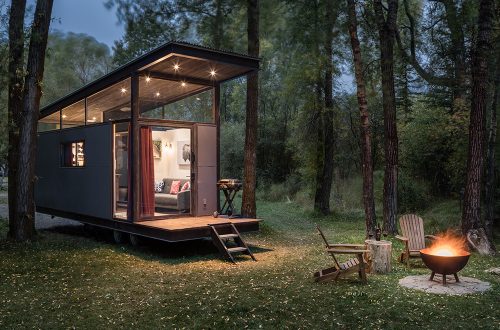
Like Traeger’s Smith, other brands are gearing up for a big summer, including RV makers like Winnebago, and even “micro houses” – small structures that can be towed to any woodsy location. Jamie Mackay’s company Wheelhaus sells a line of portable structures, like the 250 square-foot Roadhaus (pictured right). As he notes, “The ‘cabin in the woods’ concept is hot right now.”
And Kampground of America (you know them as KOA) is expecting a big rebound over the holiday weekend, and throughout the summertime as the definition of a “vacation” is undergoing change.
In 2020, the pandemic is in charge. And that’s why automotive transportation should experience a spike. Adweek‘s Robert Klara points to other factors that should make a “road trip” more popular:
- Gas is cheap. Yes, it’s been rising over the past few weeks, but is still lower than it’s been in years.
- Cabin fever. We’re tired of being cooped up at home, and can’t wait to go somewhere.
- Money is tight. Millions of Americans are out of work, working for less money, or worried about losing their jobs. Forget exotic vacations – a close-to-home, budget-smart trip is on many agendas.
- The fear factor. Most aren’t likely to throw caution to the wind, and jump on a cruise ship, hop on a plane, romp in a theme park, or party at a casino hotel. Cars are the safest bet for getting from Point A to Point B. Even the depleted rental car industry is expecting an upsurge as the car-less turn to their companies for secure transportation.
So, with so more vehicles on the road, the rapidly approaching July 4th Weekend could be a big one for broadcast radio. All those “Covid campers” will be on the road listening to the radio.
In theory, at least.
That’s because the programming strategists at SiriusXM are thinking along those very same lines. They are AM/FM radio’s top in-car competitors, especially in vehicles where consumers can pair their phones. As we see in our Techsurveys, those driving “connected cars” – equipped with a system like Ford Sync or Chrysler UConnect are even more apt to find audio entertainment and information while they’re on the nation’s highways.

And unlike AM/FM radio, where the signal eventually fades, satellite radio is the only real-time medium you can take with you wherever you drive.
Or is it?
When broadcast radio stations are accessible on mobile devices – especially smartphones, which are easily connected in the majority of cars on the road – they can also be taken on a road trip by consumers.
While more and more stations use apps – individual apps for stations, as well as “aggregators” like iHeartRadio and Radio.com – the listening 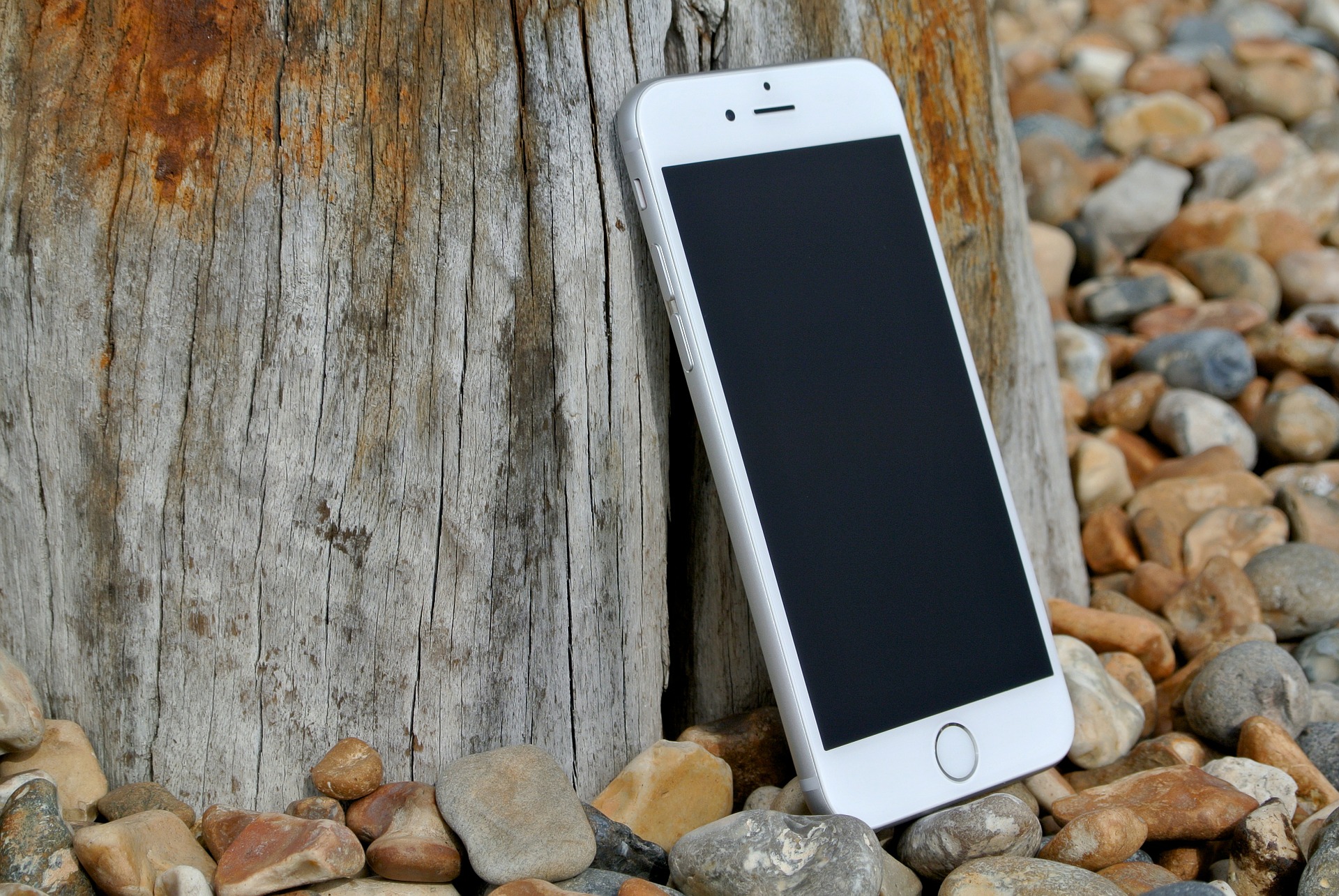 experience can be spotty. As many stations learned during the initial “lockdown” of the pandemic – some the hard way – a seamless, simple, one-touch solution for AM/FM radio stations on smartphones was a difference-maker.
experience can be spotty. As many stations learned during the initial “lockdown” of the pandemic – some the hard way – a seamless, simple, one-touch solution for AM/FM radio stations on smartphones was a difference-maker.
A great app, coupled with effective on and off-air marketing of this resource was, in some cases, a key to ratings success – or falling further behind.
And so it may be on the road this coming July 4th Weekend, as pent-up consumers hit the road – and yes, some taking diaries and meters along with them. The ability to be able to listen to a station – its morning show, its “All American Weekend” countdown, its personalities – on smartphones in a car, a cabin, or on a beach may turn out to be a factor. Not just this holiday weekend, but all summer long.
Of course, that’s the distribution angle. But what about the “kingly” content piece? Back to SiriusXM for a moment, their programming across more than 150 channels (in the U.S.) will be primed and ready for the long holiday weekend. That, I can tell you.
Will broadcast radio be able to say the same thing?
Since the start of COVID-19, observers, pundits, scientists, and sociologists have told us about the “new normal.” You may be tired of that term, thinking it’s just become a worn cliche. But that’s what happens when a true tectonic shift becomes part of our culture and lives.
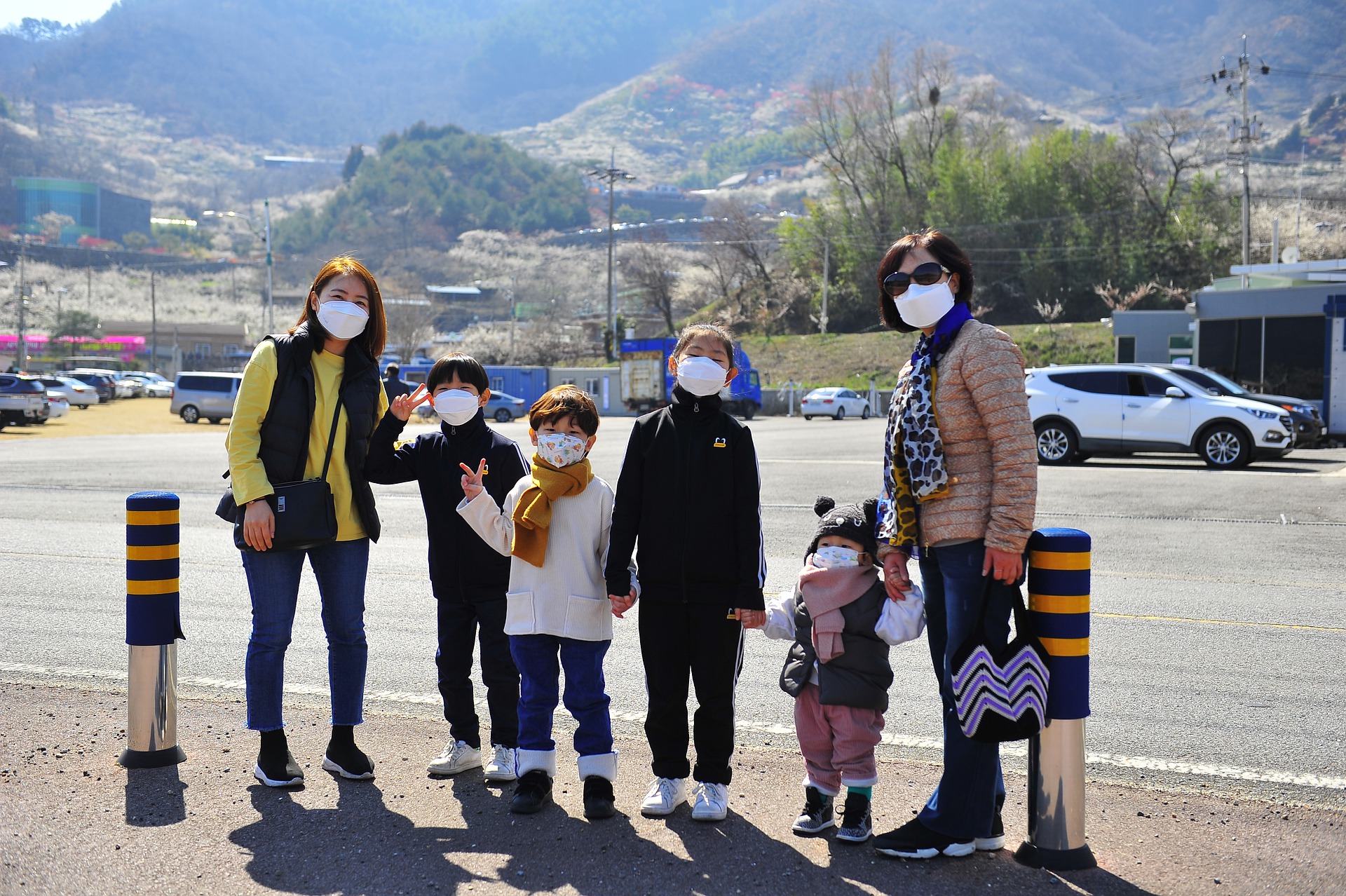 There are changes in the way we’re doing just about everything, whether it’s dining out, spending our leisure time, and even where and when we listen to the radio and how and where we use other media.
There are changes in the way we’re doing just about everything, whether it’s dining out, spending our leisure time, and even where and when we listen to the radio and how and where we use other media.
Most radio stations have gotten used to taking these long 3-day weekends off – just like consumers do – because programmers and managers have concluded there’s little upside to putting a whole lot into content when most people aren’t going to be listening anyway.
But this year is different. Many won’t be too far away from home. And odds are, they’ll be in their Foresters, F150s, and Fusions. And your station will be one button away.
How the sales department utilizes these usage changes to drum up much-needed business is a good question.
But how programming approaches this opportunity is worthy of a content brainstorm, a Zoom meeting, and conversations that revolve around who will be on the air over the holiday weekend, and what special programming (and promotions) will be in place to make the most of a road-tripping shift in the way so many will take vacations.
As we have said from the outset of COVID-19, the pandemic giveth and taketh away.
For the airlines, casinos, cruise ships, and other traditional travel verticals, it looks to be a long, difficult 2020. For other businesses, the doors may be opening.
How radio broadcasters seize the opportunity could go a long way in determining whether they can, in fact, salvage the year.
It may start with language – “Take us on your road trip” – but it will ultimately come down to the quality and relevance of what’s coming out the speakers, as well as how easy and top-of-mind it is to “tune in” your station while on the road.
Buckle up.
At 2pm ET today, jacapps’ COO, Bob Kernen, and I will be co-presenting a free webinar, aptly titled “The Mobile Opportunity for Radio in These Challenging Times.” We’ll show some of our latest research about how mobile devices and apps are changing consumption patterns, and how radio broadcasters can seize the moment. You can register for it here.
- Like A Pair Of Old Jeans - April 2, 2025
- What’s Fair Is Fair - April 1, 2025
- What’s On Your Bucket List? - March 31, 2025




Great stuff, Fred. It helps to have 100 kilowatts to “reach the beaches” but when we add the app and smart speaker stream delivery channels we can reach everywhere their road trip takes them this Summer!
Jack, absolutely. And streaming a way to guarantee our audience listen anywhere they go. (May I suggest “Pure Michigan?”)
I have been saying this to clients for years, Fred.
In fact, I talked a couple of them into dropping geofencing and adopting a “take us with you” imaging liner.
My feeling is that listeners who already think of you as a “friend” will be thrilled to have you with them on vacation.
I think that’s spot on, KM. I believe streaming is a way to expand a station’s footprint. And while most have struggled to monetize their streams, the technology allows radio to expand its reach – and better compete against satellite radio and other competitors with no bounds. More is better.